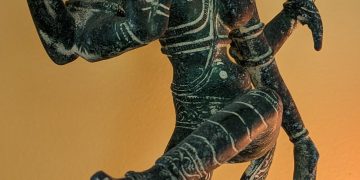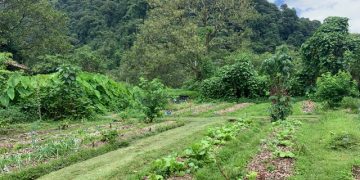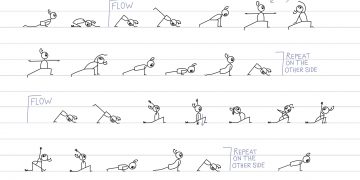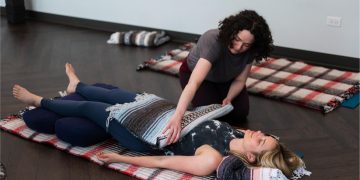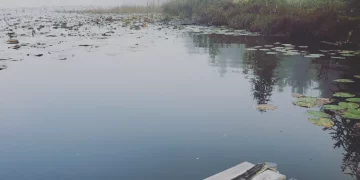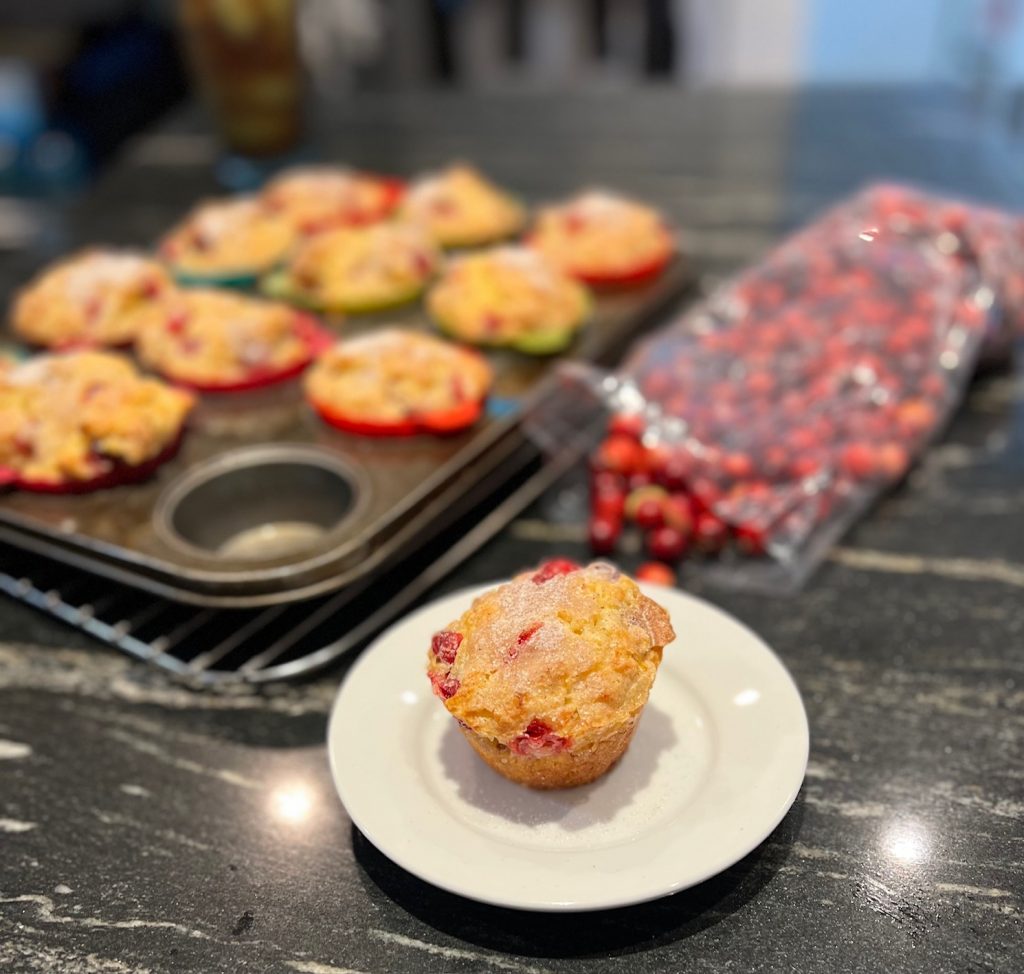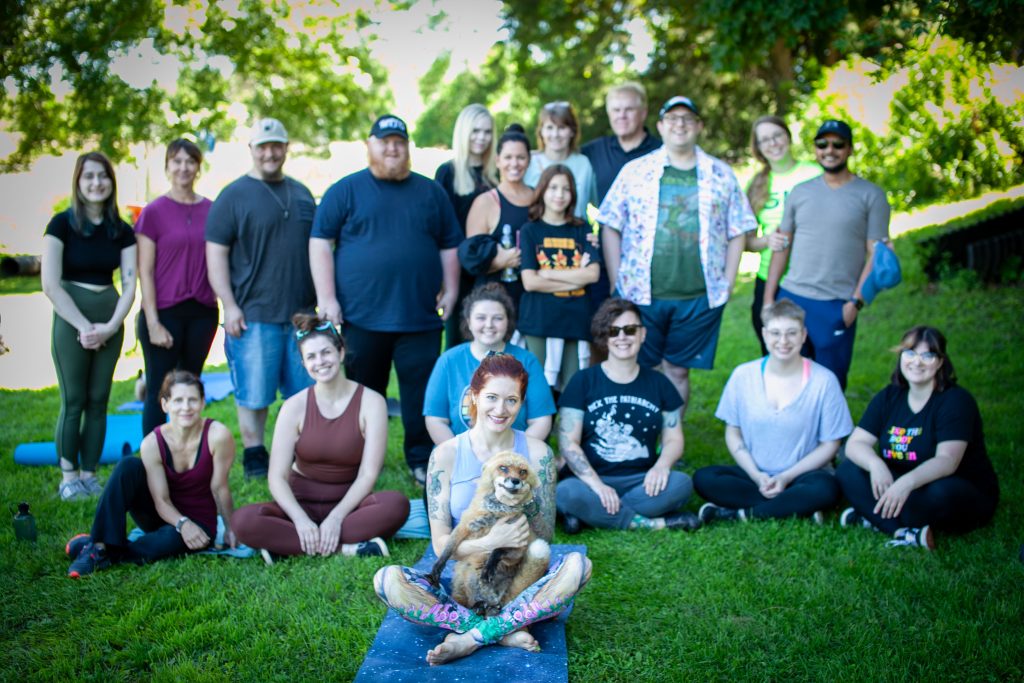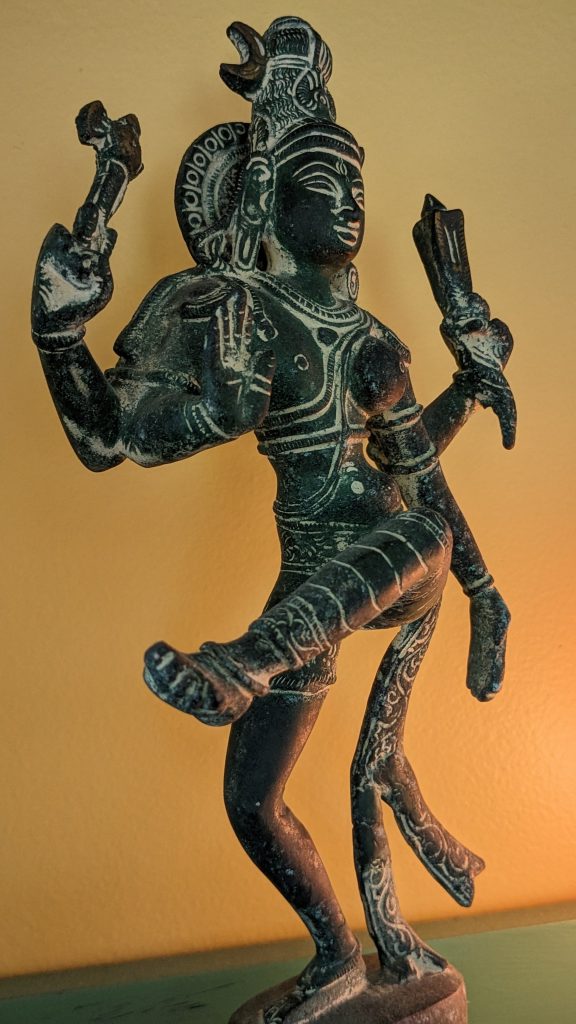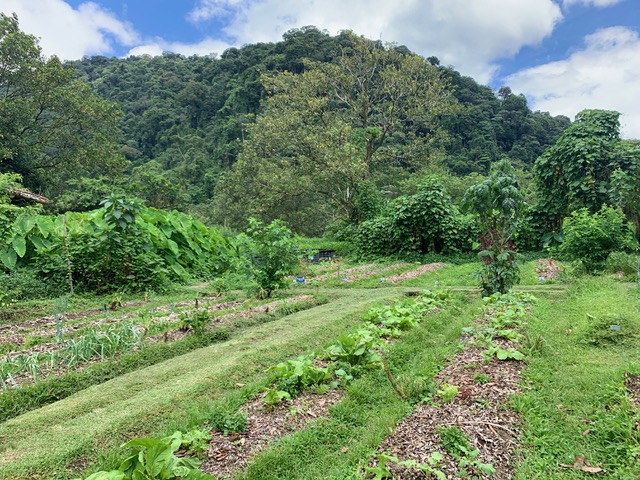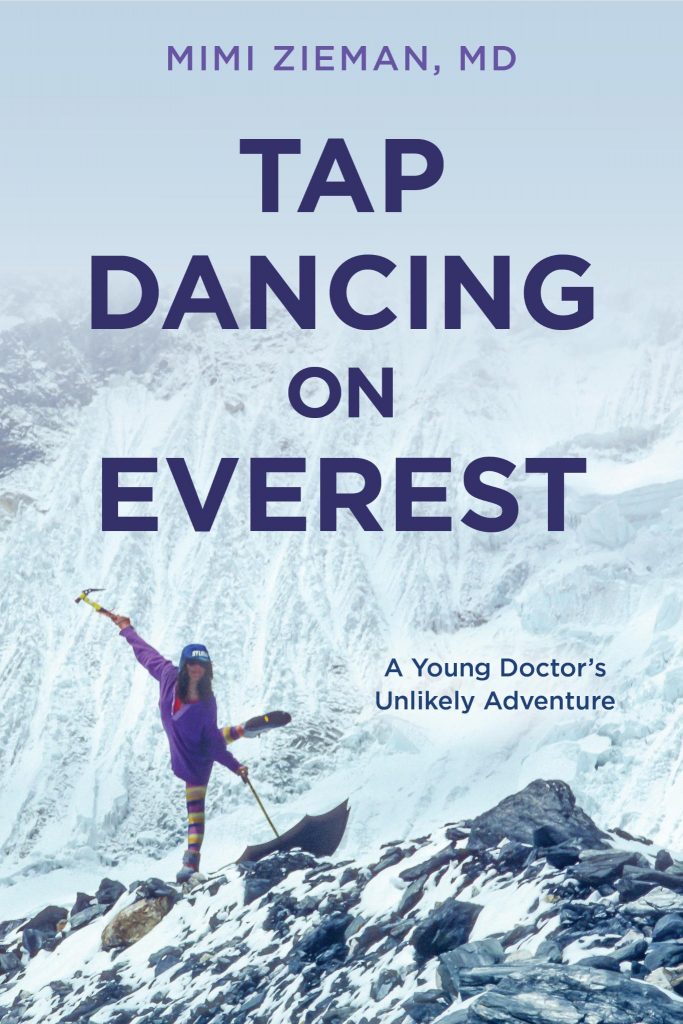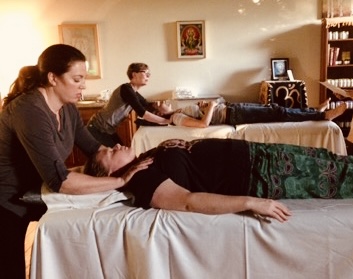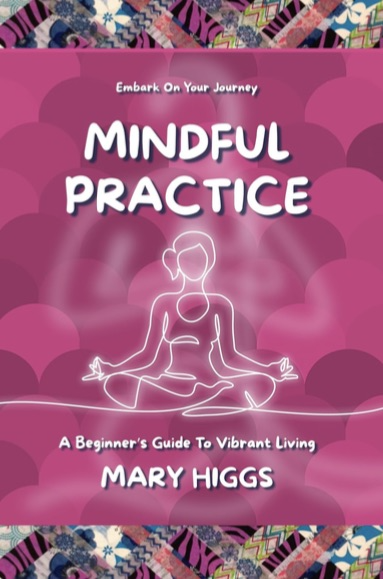With so many options to an asana practice, asana may look and feel different to every practitioner. The third limb in the 8 limb path of Ashtanga yoga according to the Yoga Sutras of Patanjali, asana is the physical practice of yoga; the postures and the poses. Although a small part of yoga,the West typically makes asana the primary focus.
Asana can be a powerful practice or gentle, therapeutic and all of the former. Asana allows the body to prepare for the following five limbs of yoga. Asana is important, but not more important than the other limbs. Asana can assist in bringing our yoga off the mat and into our daily lives. Asana can be seen as a way into the subtle body. This could be a bottom up approach (body to mind) versus a top down (from mind to the body).
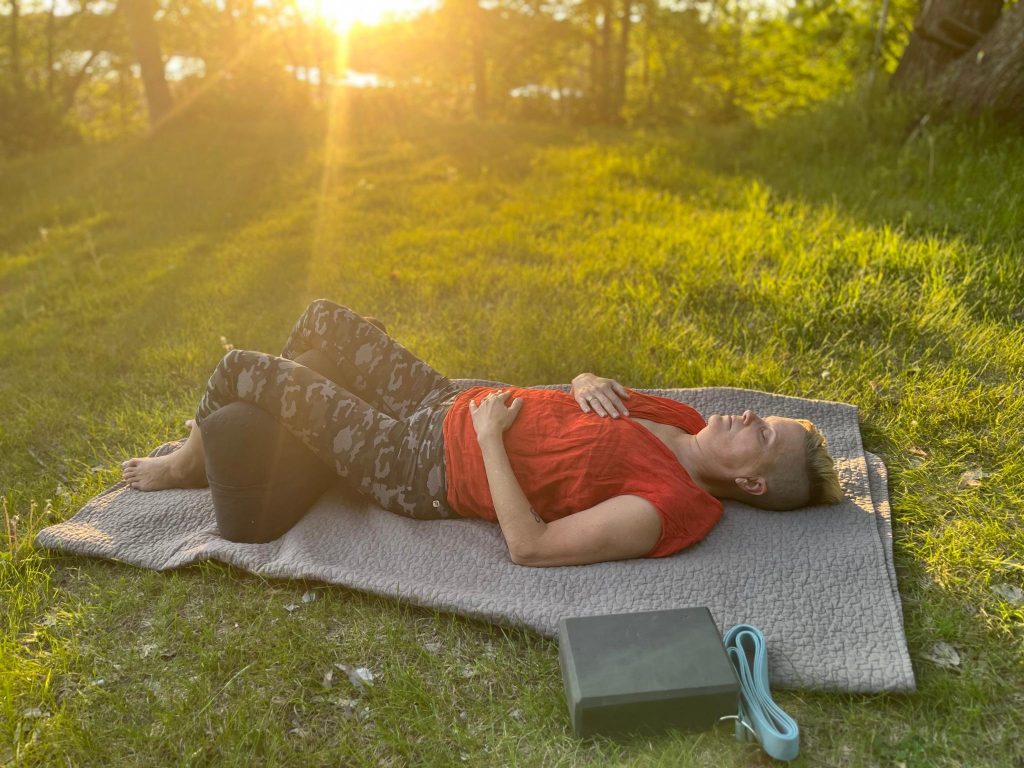
What are the rest of the limbs? Chapter 2, sutra 29 of Patanjali’s Yoga Sutras introduces the eight limbs of yoga: yamas (restraints), niyamas (observances), asana (postures), pranayama (breath), pratyahara (sense-withdrawal), dharana (concentration), dhyana (meditation), and samadhi (enlightenment). When one practices the first 7 limbs, one might reach samadhi after many years of discipline and diligence in the study of yoga.
Within the nearly 200 yoga sutras only three of these sutras encompass the physical practice of yoga or asana. They suggest a path to practice:
- Sthira sukhamasanam. “Asana is a steady, comfortable posture,” II.46 translation by Sri Swami Satchindananda
- Prayatna saithilyananta samapattibhyam. “As the body yields all efforts and holdings, the infinite within is revealed.” II.47 translation by Nischala Joy Devi
- Tato dvandvanabhighatah. “From that [comes] lack of injury caused by the pairs of opposites.” II.48 translation by Pandit Rajmani Tigunaiat, PhD
“This drives home the all-important point, usually overlooked by western yoga enthusiasts, that asana is not just a physical exercise, but has a strong psychic component as well. Relaxed posture is the foundation of the practice of sense-withdrawal,” Georg Feuerstein further explains about sutra II.48.
How often do you feel steady and comfortable in your asana practice? Originally created for young boys in India, many teachers throughout the last 2000 years changed, rewrote, modified, and adapted asana. This made yoga and asana more approachable for all individuals. Despite many lineages, styles, and quite a few gimmicks, yoga remains powerful for its ability to connect mind, body, and spirit.
It is a blessing that so many pathways exist for individuals to find yoga through asana. Asana works the body from the inside to the outside. We find another definition from Indu Arora: “Asana means a [mediation] seat. Often confused as a physical position, it is actually a seat for the mind in the body. It is not posing, performance or a challenge to accomplish a position. It is the sacred embodiment of stillness with ease and effortlessness.” This is an ultimate goal – to reach stillness, to be at ease, and to embody effortlessness in our lives not just on the mat. That is why most asana classes end in savasana (corpse pose), often considered the most complicated posture. Savasana finds stillness in the body and the mind, allowing a complete release and letting go; a liberation from ignorance, attachment, fear, ego, and aversion.
According to Jivana Heyman, “All asana has to do is bring our attention to what’s happening here and now. Physical strength and flexibility have nothing to do with it. In Yoga, more subtle is more advanced. Less is more. Stillness is strength.”
This is all to say, there is not one right way to practice yoga or asana. Asana comes in many forms, styles, and possibilities, non-judgmental at its core. Asana should be accessible to all those who want to practice, and deepen the exploration and connection of mind, body, and spirit.
Nicole Warner, C-IAYT, 500 E-RYT is a certified SomaYoga therapist currently teaching in Alexandria, MN. She has been teaching yoga for 20+ years and is a dancer and choreographer as well. She is a proponent of plant based cooking and a certified “Forks Over Knives” cook. She loves to garden and stand up paddle board with her husband and son.


